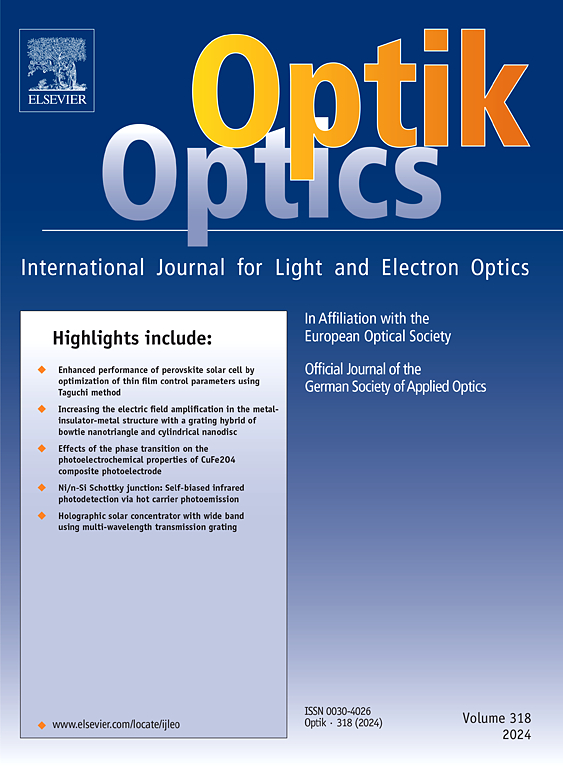Ensemble knowledge distillation for collaborative pseudo-label refinement in unsupervised domain adaptation for person re-identification
IF 3.1
3区 物理与天体物理
Q2 Engineering
引用次数: 0
Abstract
In open-world person re-identification, obtaining annotated ground truth for every deployment environment is infeasible which necessitates the exploration of unsupervised domain adaptation methods. The Pseudo-label guided approaches leverage clustering methodologies for the generation of pseudo-labels to facilitate model retraining on the unlabeled target domain. However, the robustness of these methodological approaches is vulnerable in the presence of label noise, which is generated due to the domain shift, specifically, the interplay of intra-domain similarity within the source domain and the inter-domain dissimilarity between the source and target domains. This study introduces a novel learning scheme to enhance the robustness of such cross-domain re-identification models by minimizing the label noise through collaborative refinement utilizing the amalgamation of multiple teacher outputs and subsequent network training with the refined pseudo-labels. To obtain diverse perspectives, domain-adapted teacher networks of varying types and sizes are employed, and subsequently, their outcomes are amalgamated through a dynamic averaging method to yield a refined representation. A comprehensive set of ablation studies systematically analyzes the contributions of each component, highlighting the vital roles of clustering, knowledge distillation, collaborative refinement, and optimal ensemble size. Furthermore, the proposed model undergoes rigorous evaluation on widely used datasets, such as Market1501, DukeMTMC, and MSMT17, demonstrating superior performance compared to existing state-of-the-art methods. The mean Average Precision (mAP) and Rank-1 (R1) scores showcase notable improvements, with results indicating an enhanced performance in Duke to Market (mAP: 81.04, R1: 90.84) and Market to Duke (mAP: 76.24, R1: 86.27) scenarios.
求助全文
约1分钟内获得全文
求助全文
来源期刊

Optik
物理-光学
CiteScore
6.90
自引率
12.90%
发文量
1471
审稿时长
46 days
期刊介绍:
Optik publishes articles on all subjects related to light and electron optics and offers a survey on the state of research and technical development within the following fields:
Optics:
-Optics design, geometrical and beam optics, wave optics-
Optical and micro-optical components, diffractive optics, devices and systems-
Photoelectric and optoelectronic devices-
Optical properties of materials, nonlinear optics, wave propagation and transmission in homogeneous and inhomogeneous materials-
Information optics, image formation and processing, holographic techniques, microscopes and spectrometer techniques, and image analysis-
Optical testing and measuring techniques-
Optical communication and computing-
Physiological optics-
As well as other related topics.
 求助内容:
求助内容: 应助结果提醒方式:
应助结果提醒方式:


